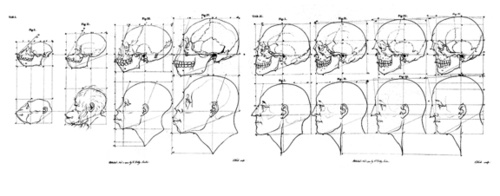Mouthbreathing Mayhem

In our first week reading BREATH by James Nestor, he introduces us to the “dysevolution” of the human species toward mouthbreathing. He catches my attention here in the beginning in three ways – 1) I have been obsessed with freedivers since I was little 2) I am a Physical Anthropologist by education and 3) he uses himself as an experimental subject.
“We assume, at our peril, that breathing is a passive action, just something that we do: breathe, live; stop breathing, die.”
Introduction – xxi
“There are as many ways to breathe as there are foods to eat. And each way we breathe will effect our bodies in different ways…some methods of breathing will nourish our brains, while others will kill neurons; some will make us healthy, while others will hasten our death.”
Freediver quotes from Introduction – xvi-xvii
James Nestor was drawn to the study of breathing through his own experience of breathing difficulties, and he had a strange and impressionable experience with a breath worker that he proceeded to want investigate. The laundry list of issues that many of us suffer these days – allergies, deviated septums, snoring, sleep apnea, etc… – seem to be caused by the evolution of our larger brains, diminishing the space for our sinus cavities and jaws. Not only that, but the development of speech also effected the positioning of our larynx. “Sapiens would become the only animals, and the only human species, that could easily choke on food and die.” (pg 16, Chapter 1)
As these first chapters proceed, Nestor participates in a mouthbreathing experiment, plugging his nostrils completely for 20 days. Very quickly he begins to notice the transformative nature – for the worse – of breathing ONLY through the mouth. “Mouthbreathing, it turns out, changes the physical body and transforms airways, all for the worse. Inhaling air through the mouth decreases pressure, which causes soft tissues in the back of the mouth to become loose and flex inward, creating less space and making breathing more difficult. Mouthbreathing begets more mouthbreathing.” (pg 27, Ch 2)
From the ancient Chinese and original Yogis, to rogue pulmonologists (Nestor calls them “pulmonauts”), freedivers, and other athletic training experimenters, there have been many who have realized the “powerful medicine” of the breath and tried to harness it to our benefit. So why do we still take it so much for granted?
In Yoga we do still teach the transformative power of the breath. Patanjali himself reminds us that our body must have some fitness to be able to harness the full power of the prana (life’s energy) carried by the breath. (Yoga Sutra II.49) To play around with random breath practices can be harmful without good guidance, but with attention and awareness can transform our entire being.
Practicing and teaching yoga, I can honestly say that when a student embarks on a practice of Pranayama (breath regulation), no matter how simple or basic, asana (postures) become more connected and integrated. The breath is the glue that ties our body, mind, and emotions all together in the present moment.
I look forward to Nestor’s other experiments and incites as we read together this summer. This coming week we will read Chapter 3.